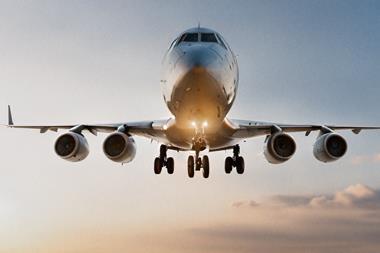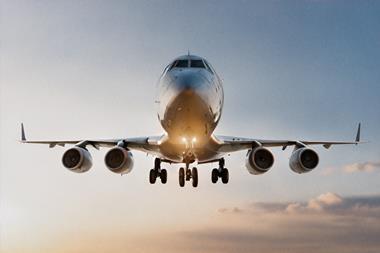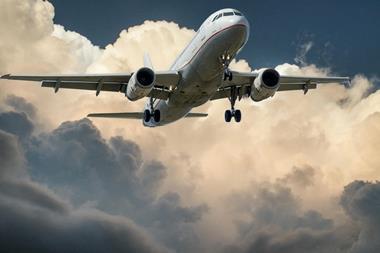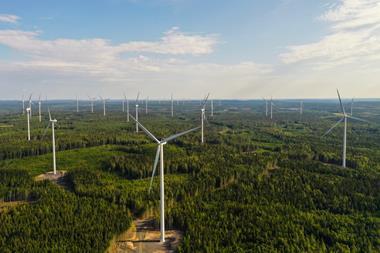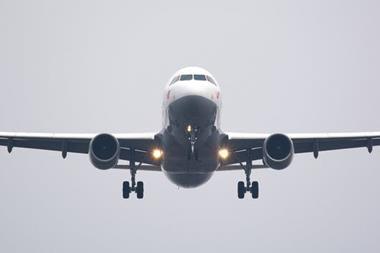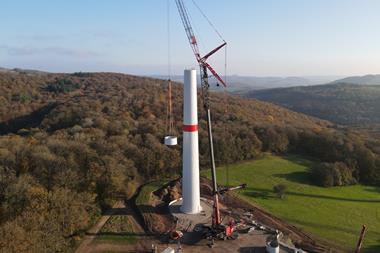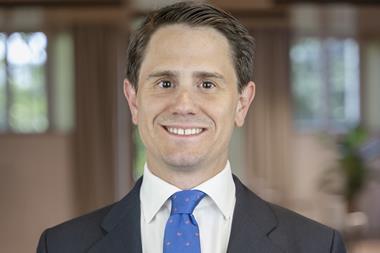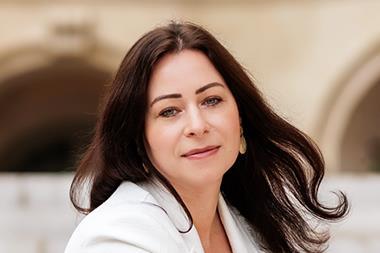Despite pandemics and geopolitical crises, global travel is soaring, with airlines having to add new and used aircraft. Demographics, decarbonisation and diversification are the ‘three D’s’ that make aircraft leasing a highly attractive asset class.
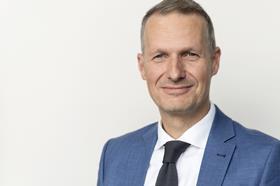
Aircraft leasing has been an established alternative to direct purchase for decades, preserving liquidity and credit lines. It also makes airlines more flexible in responding to changes in demand. It is not only small airlines with limited equity that often resort to this, but also many large and established carriers lease substantial proportions of the aircraft they operate.
According to Statista, this applies to around 45% of the global fleet. The market volume of the aircraft leasing industry is expected to grow from around $168bn (€159bn) today to around $295bn over the next five years.
Lessors, including aircraft leasing funds, benefit from this in the form of leasing rates, which have been constantly rising after the Covid crisis, and enable annual returns in the double digits, depending on the underlying investment strategy.
Another advantage for investors in aircraft leasing funds is that they correlate little with investments in equities and bonds, but also with other assets such as real estate. In contrast to these, aircraft are fungible worldwide, which further reduces investment risk. This provides a chance to improve the risk-return profile of a diversified investment portfolio by adding aircraft leasing funds.
Currently, production and delivery problems at major manufacturers are causing capacity bottlenecks for airlines as well. This is leading to higher demand for leasing and rising leasing rates. While lessors are also affected by the delivery hiccups for new aircraft, the market for leasing used aircraft is benefiting.
Crises cannot stop the advancement
According to aircraft manufacturers Airbus and Boeing the number of passenger miles flown has increased approximately eightfold since 1980. Global crises such as 9/11, SARS and the global financial crisis of 2007 have only episodically flattened the curve. Although Covid 19 led to a sudden slump, this most severe impact ever to aviation has already been erased with travel activity now exceeding pre-crisis levels and having returned to its long-term growth trend. Market experts expect a further doubling of passenger demand by 2036.
This is mainly due to the high growth of Asian countries such as China and India, which continue to have a strong pent-up demand for travel compared to Europe and North America. Holiday and business travel are increasing in line with population and income growth.
Aviation is part of the solution for decarbonisation
Although the aviation sector is generally perceived as contradicting climate protection, an ESG orientation of aviation investments is already in place and offers great opportunities. Investors have several options for playing the decarbonisation theme here. For example, manufacturers are working hard on airplanes that save fuel. Modern aircraft such as the “Neo” series of Airbus, for example, may consume up to 25% less kerosene than planes of the preceding generation.
The pressure on airlines to achieve a reduction in their greenhouse gas emissions means that ecologically more efficient aircraft are highest in demand. In addition to higher leasing rates, this makes new-generation aircraft more marketable at the end of the original leasing period thus adding security to the lessor’s calculation.
Lessors with an ESG focus are also paying more attention to which airlines they enter into leasing agreements with. There is an increasing focus on whether the customers have their own active decarbonisation strategy in place.
Another important lever for the decarbonisation of aviation is green hydrogen. The gas, produced using electricity from renewable sources, is an important intermediate product for the production of climate-neutral synthetic aviation fuel (eSAF). Investments in the production infrastructure of eSAF offer very good return opportunities and are suitable for complementing an investment strategy that focuses on the decarbonisation of the aviation sector.
The use of two percent Sustainable Aviation Fuel (SAF), which, in addition to being produced from green hydrogen, can also come from other sustainable sources, will be mandatory in the European Union from next year. Higher quotas are on the horizon, as the EU Commission wants to reduce the CO2 emissions of aviation by 85% by 2050. Increasing requirements can also be expected in other jurisdictions.
As the production capacities of SAF and eSAF are limited for the foreseeable future, they are currently relatively expensive. In addition to the rising costs for emission certificates, which also make conventional kerosene more expensive, this is reflected in the airlines’ operating costs, with consequences for ticket prices.
Given that demand for flights is nevertheless increasing, investments in the aviation industry offer great opportunities for investors seeking higher-return and risk-aware means for adding a diversification pocket to their portfolio while indeed not contradicting the world’s acute sustainability requirements.
A successful entry into this investment sphere, however, requires the adequate know-how of long-standing experienced market players, ideally combining the approach to modern aircraft and the fostering of alternative aviation fuels.
To read the latest IPE Real Assets magazine click here.





